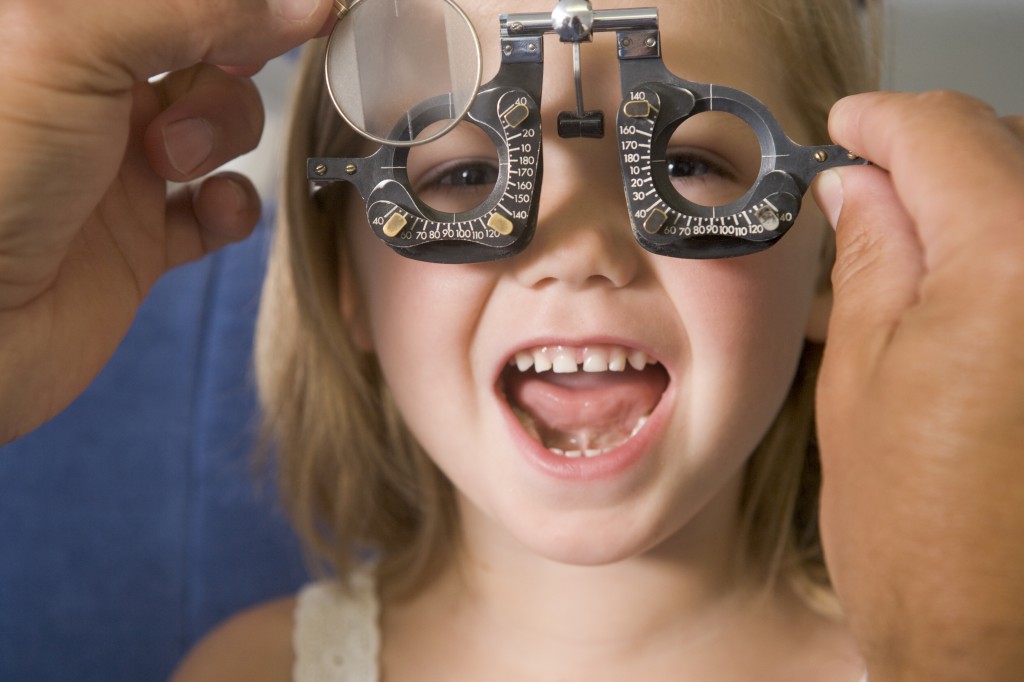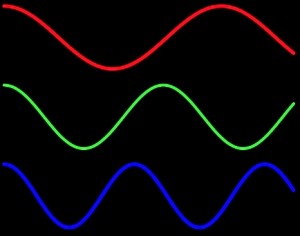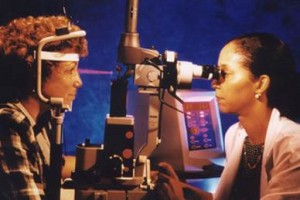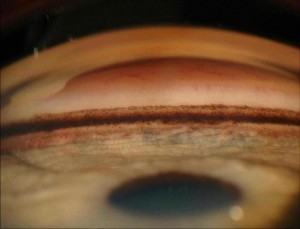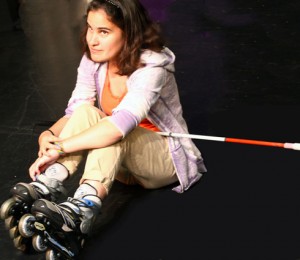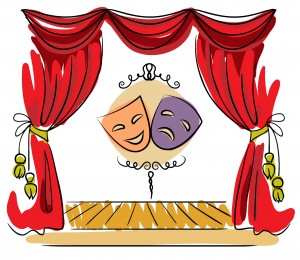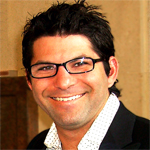7/31/14
When life changes due to vision loss, illness, accident or aging, it can be difficult to maintain your independence and personal care as you once did. Help with errands, grocery shopping, doctor’s appointments, personal care, medication reminders, meal preparation, laundry, housekeeping and more can relieve much of the stress you and your loved ones may be experiencing. Care provided by a qualified, professional home care agency can be the best option for many individuals and their families.

But with so many aspects to consider, the task of selecting an agency to bring into your home can be daunting. So what should you look for and what questions should you ask when selecting a home care agency to provide services to you or your family?
Qualifications
- Is the agency licensed by the state? Most states — but not all — require agencies to be licensed and reviewed regularly. Reviews may be available on request through your state health department. If your state is a non-licensure state (such as California), you will need to be more vigilant in screening potential agencies.
- Does the agency meet federal requirements for health and safety with such things as OSHA, HIPAA, infection control, a disaster plan? If not, ask why.
- What type of employee screening is done? To ensure caregivers are reliable and honest, drug and alcohol tests, extensive background checks, should be performed on all new hires and we are insured and bonded.
- Are the caregivers experienced? The very best agencies hire experienced caregiver or have a Personal Care training program written by a Registered Nurse with extensive experience in home care and education.
- Do the caregivers receive health, skill and competency testing? A good home care agency will test employees to assure their personal health, skills and capability. Standard testing should include competency testing, TB tests, pre-employment health screening and skills competency testing, and drug testing.
Quality of care
- Does the agency value a caregiver bond? A great caregiver becomes part of the family, and a good company will recognize that and try to match you with one or more caregivers with a regular schedule to promote the development of this bond.
- Does the agency provide training and continuing education? A quality home care company will provide an opportunity for continuing Personal Care training as well as specialized training in specialized areas such as dementia and Alzheimer care, chronic and acute illnesses, and best practices and procedures.
- Is there supervision and unscheduled visits by the agency’s supervisor to evaluate the quality of home care? A good home care agency will provide supervisors or care coordinators who perform unscheduled supervision visits to help make sure that you are receiving the best care possible. The field nurse supervisor visit is also a good time to communicate any concerns you may find uncomfortable discussing with your caregiver.
- As part of the agency’s quality assessment, do they have a client satisfaction survey system? For peace of mind you need an agency that has a process to know you are satisfied and keeps you and your family informed. Some agencies work with a third party to make calls to ensure your satisfaction with our caregivers and our agency. Caregivers should also be trained to alert family members regarding any changes or concerns regarding the client, in addition to responding to clients’ or family members’ concerns.
- What happens if my caregiver does not show up? One of the most common problems that people have with the average home care agency is that the caregivers don’t show up. Choose an agency that has a system to handle the caregivers who cannot fill their shift such as incentives and/or pay bonuses for perfect attendance and have “on-call” caregivers.
Costs
- How does the agency handle expenses and billing? Ask for literature explaining all services and fees, as well as detailed explanations of all the costs associated with home care.
- Will agency fees be covered by health insurance or Medicare? Find out what arrangements are in place for specific health insurance plans. Although home care agencies do not bill Medicare there are many other insurances that will pay for service such as the Veteran’s Aid and Attendance, Long-term care insurance, Work Comp insurance and some traditional plans.
Understanding services
- Will you receive a written care plan before service begins? The care plan should include details about medical equipment and specific care needs, contain input from your or your loved one’s doctor, and be updated frequently.
- Will you receive a list of the rights and responsibilities of all parties involved? This is sometimes known as a client or patient’s bill of rights.
- Will the agency work directly with you or your loved one, family members and health care providers? Look for a company that will coordinate your care with everyone involved.
- When will service be provided? Is care available round-the-clock, if necessary? Care is provided to you as planned during your initial in-home visit from our Care Coordinator. The agency should be able to provide for 24 hour care either by shifts or a live in situation, if the setting is right.
- What procedures are in place for emergencies? Ask how the agency or home health aide will deliver services in the event of a power failure or natural disaster. Your agency and caregivers should be prepared for emergencies and practice in ensure your and their safety.
- How are problems addressed and resolved? Who can you or another family member contact with requests, questions or complaints? Ensure the agency provides you with contact information and that their phones are answered 24 hours every day!
- When can services begin? A quality agency should work with you to create a schedule which will fit your needs and can be flexed if your family is in town or you go on vacation.
Monitor your home care services
After you’ve found a home care services provider, monitor the situation. If you’re concerned about the care or services provided, discuss it promptly with the agency. If necessary, involve your doctor or your loved one’s doctor as well.
 Robert Mahoney
Robert Mahoney
Owner
First Light Home Care


